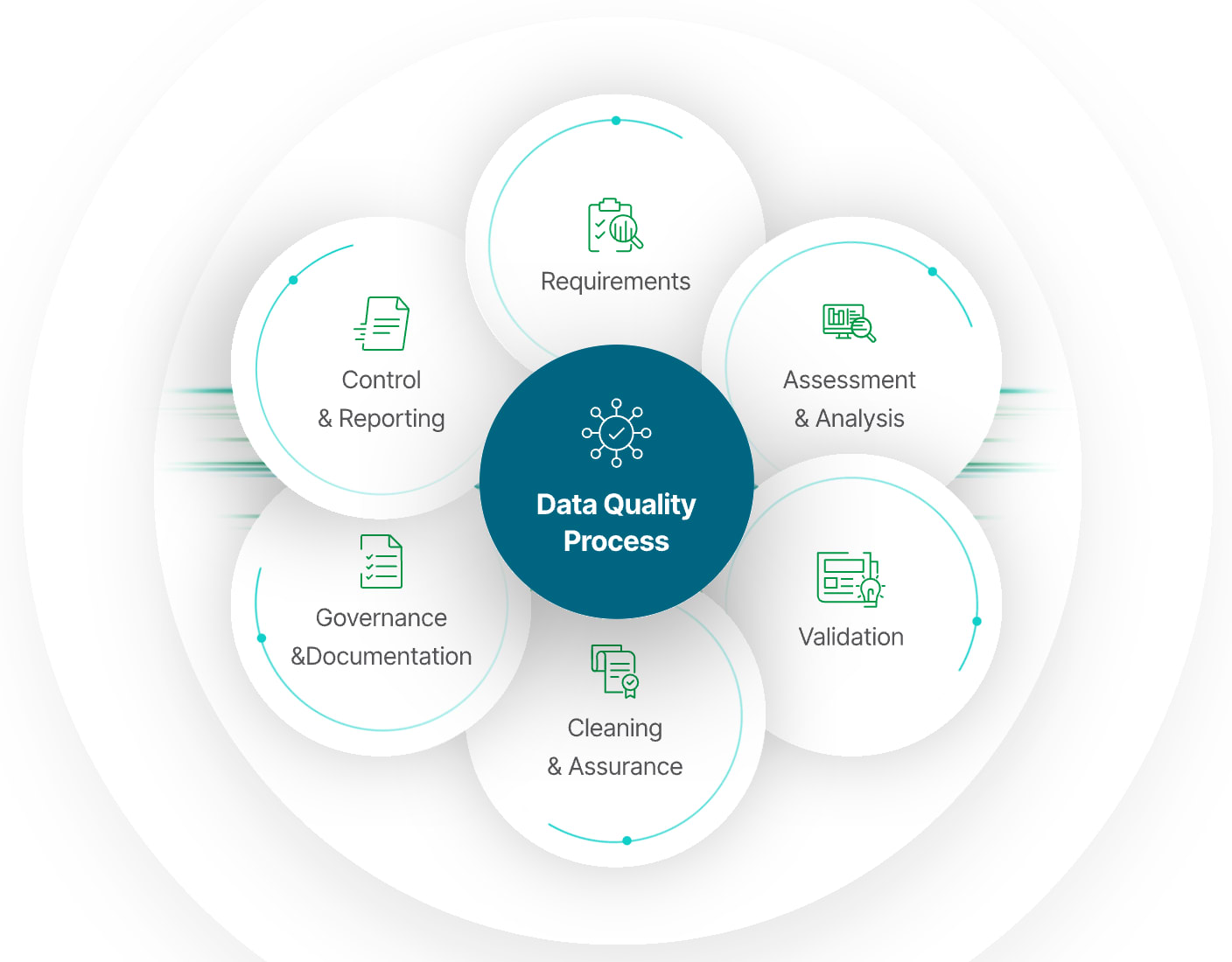 The generative AI technology stack has experienced rapid growth and transformation in recent months. From a four-layer framework in January 2024 to over 200 companies in May, the landscape has become increasingly complex. This expansion highlights the challenges that IT decision-makers face as they navigate the fast-paced world of generative AI.
The generative AI technology stack has experienced rapid growth and transformation in recent months. From a four-layer framework in January 2024 to over 200 companies in May, the landscape has become increasingly complex. This expansion highlights the challenges that IT decision-makers face as they navigate the fast-paced world of generative AI.
One major challenge is the need for adaptability. With technology evolving at a breakneck pace, IT decision-makers must be able to adjust their strategies and solutions to keep up with the changing landscape. What may be state-of-the-art today could be obsolete tomorrow, so having a flexible vision is crucial.
Enterprises are also gravitating towards end-to-end solutions to simplify AI infrastructure and streamline operations. Intuit, for example, created GenOS, a comprehensive generative AI operating system, to accelerate innovation and maintain consistency. This approach allows for rapid scaling and operational efficiency, unlike building bespoke solutions for each team, which can lead to high complexity and low velocity.
Data quality and governance have become top concerns as generative AI applications proliferate. The effectiveness and reliability of AI models rely heavily on the quality of their training data. Governance, ensuring ethical and compliant use of data, is also crucial as AI systems increasingly influence critical business decisions. Databricks has built governance into its platform, providing a continuous lineage and governance system from data ingestion to generative AI prompts and responses.
Semantic layers and data fabrics are gaining prominence as enterprises recognize the importance of high-quality data sources. These technologies enhance AI systems’ ability to understand and leverage enterprise data effectively. Intuit, for instance, embraces a product-oriented approach to data management, setting high standards for data quality, performance, and operations.
While end-to-end platforms are on the rise, specialized solutions addressing specific aspects of the AI stack continue to emerge. These niche offerings complement broader platforms and tackle complex challenges that may be overlooked. For IT decision-makers, it’s essential to carefully evaluate where specialized tools can offer advantages over more generalized solutions.
The balance between open-source and proprietary solutions is another consideration. Open-source solutions democratize access to AI capabilities but require significant expertise to implement and maintain effectively. Proprietary solutions often provide more integrated and supported experiences. Finding the ideal balance depends on an organization’s specific needs, resources, and risk tolerance.
Integrating generative AI with existing enterprise systems is a critical challenge. Organizations must connect AI systems with diverse data sources, consider how AI will interact with business processes and decision-making frameworks, and ensure security integration. Illumex offers solutions that can work with existing data infrastructures, allowing enterprises to leverage their data assets without extensive restructuring.
Looking ahead, the future of generative computing holds even more radical possibilities. Andrej Karpathy envisions a future where a single neural network replaces all classical software, blurring the boundaries between applications and transforming the nature of computing itself. The choices made today in building AI infrastructure will lay the groundwork for future innovations.
In conclusion, navigating the complex landscape of generative AI requires adaptability, a focus on data quality and governance, consideration of specialized solutions, balancing open-source and proprietary approaches, integrating with existing systems, and embracing the potential for radical transformations in computing. IT decision-makers must craft a vision that can evolve alongside this dynamic landscape while delivering tangible value to their organizations.

